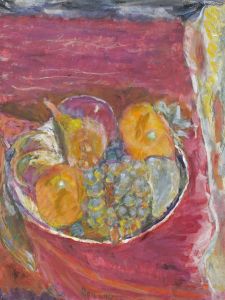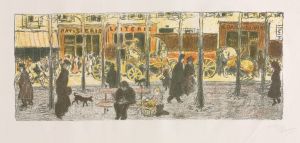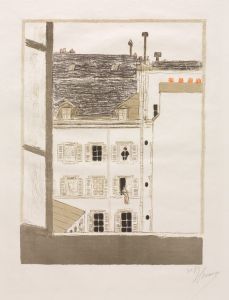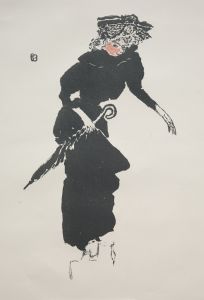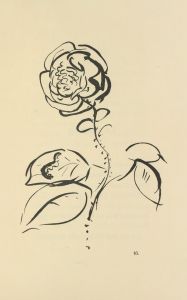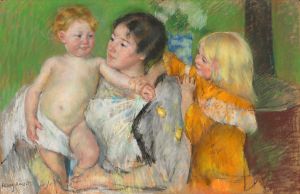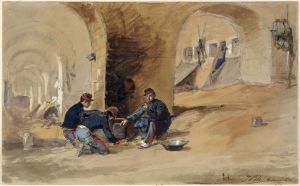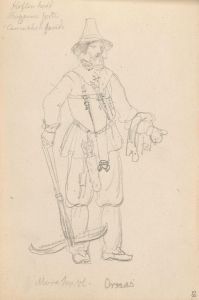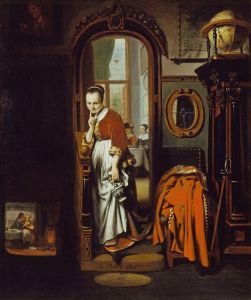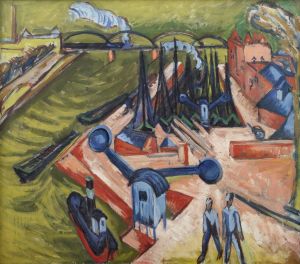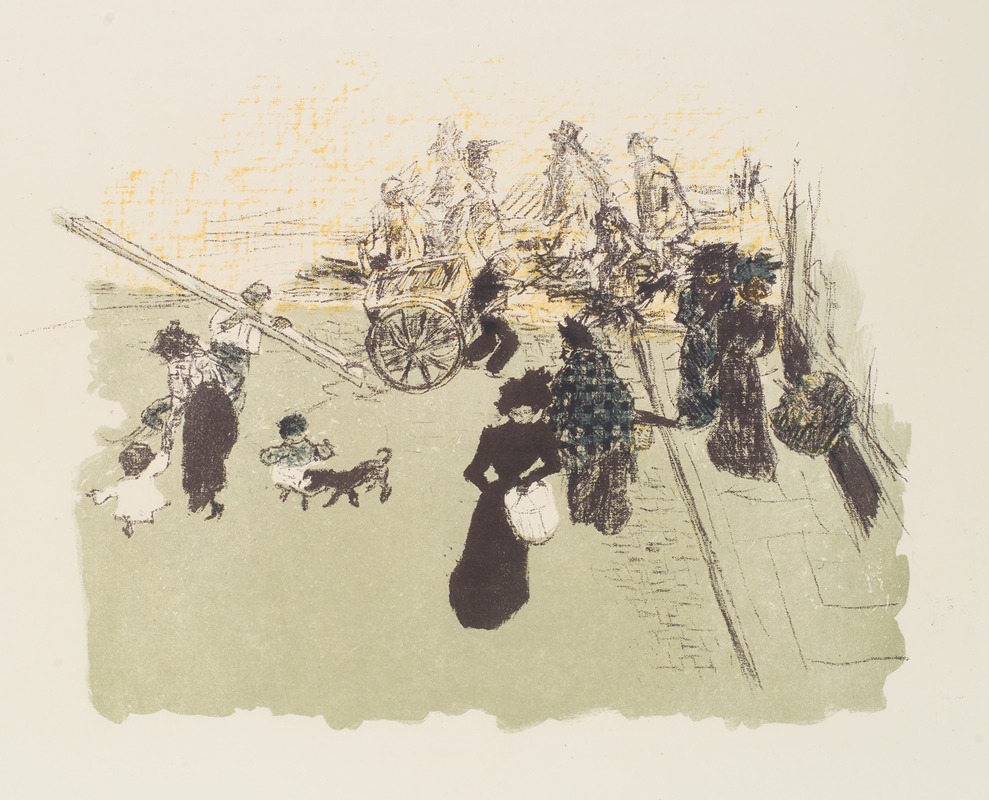
Coin de rue
A hand-painted replica of Pierre Bonnard’s masterpiece Coin de rue, meticulously crafted by professional artists to capture the true essence of the original. Each piece is created with museum-quality canvas and rare mineral pigments, carefully painted by experienced artists with delicate brushstrokes and rich, layered colors to perfectly recreate the texture of the original artwork. Unlike machine-printed reproductions, this hand-painted version brings the painting to life, infused with the artist’s emotions and skill in every stroke. Whether for personal collection or home decoration, it instantly elevates the artistic atmosphere of any space.
Pierre Bonnard's painting Coin de rue (translated as "Street Corner") is a work by the French Post-Impressionist and Nabi painter, created in 1895. Bonnard, known for his intimate domestic scenes and innovative use of color, was a central figure in the Nabi movement, which sought to synthesize fine art and decorative art. This painting reflects his interest in capturing everyday life and urban environments with a unique perspective.
Coin de rue depicts a quiet street corner, likely in Paris, where Bonnard lived and worked during this period. The composition is characterized by its flattened perspective and bold, simplified forms, hallmarks of the Nabi style. Bonnard's use of color is particularly notable in this work, as he employs a muted yet harmonious palette to evoke the atmosphere of the scene. The painting captures the interplay of light and shadow, with subtle tonal variations that suggest the time of day and the mood of the setting.
The subject matter of Coin de rue aligns with Bonnard's broader artistic interests in the 1890s, a period when he frequently explored urban life and the rhythms of the modern city. This painting also demonstrates his ability to transform ordinary scenes into works of art that invite contemplation and emotional engagement. The street corner, an unassuming and often overlooked part of the urban landscape, becomes a focal point for Bonnard's exploration of composition, color, and texture.
Coin de rue is an example of Bonnard's early work, created during a time when he was heavily influenced by Japanese prints, which were popular in Europe in the late 19th century. This influence is evident in the painting's flattened perspective, strong outlines, and decorative approach to composition. Bonnard was sometimes referred to as the "painter of happiness" for his ability to find beauty in the mundane, and Coin de rue exemplifies this quality.
The painting is currently housed in the Musée d'Orsay in Paris, which holds a significant collection of works by Bonnard and other artists of the late 19th and early 20th centuries. As part of the museum's collection, Coin de rue continues to be appreciated for its artistic innovation and its role in the development of modern art.





